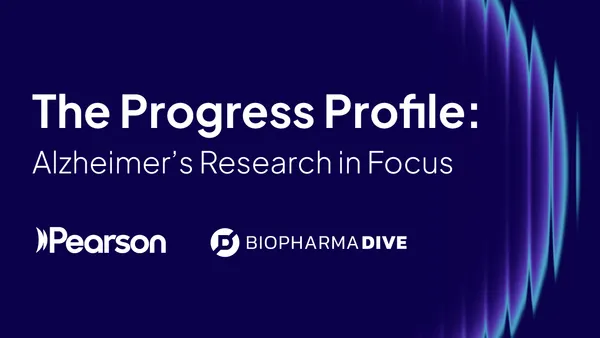Every day, patients are experiencing the life-changing impact of real-world data (RWD), and life sciences companies are feeling the business impact, too.
RWD is no doubt helping pharma companies better understand the patient journey and get life-saving therapies to market faster, according to Norstella’s recent survey of 200 life science executives. Over the next one to three years, RWD will play a key role for life sciences, with 40% of the executives we surveyed rating it “critical” and 58% rating it “very important” to their companies’ strategies.
However, if pharma manufacturers aren’t using RWD in a strategic way, they’ll miss out on its full potential. And with that, they risk costly inefficiencies, slowing down their time to bring therapies to market, and being left behind their competition.
The power of RWD, coupled with the rise of AI, has started to have a major impact on patient information. While RWD is shaping strategy that wasn’t possible 18 to 24 months ago, in today’s increasingly uncertain policy and economic climate, companies also need more than just “data for the sake of data.” They need certainty, clarity, and actionable evidence. As RWD volume grows—spurred by electronic health records, hospital systems, and emerging technologies—there’s immense potential to harness that data more effectively with AI-driven strategies.
For pharma companies, maximizing RWD’s potential means crafting a better implementation strategy. Here are three key pillars for building a cohesive RWD plan:
1. Start with clear objectives. First, align your strategy to specific business or clinical goals. Rather than collecting data for its own sake, companies should define what they are trying to achieve—whether that’s optimizing clinical trial recruitment, informing clinical protocols, or accelerating market access. Clear objectives ensure that every data investment is purposeful and tied to outcomes.
Also, be sure you’re leveraging RWD to ask the right questions and generate evidence that drives decisions. Start with identifying the business problem you’re trying to solve, not your data set. Be explicit about the decisions you need to make (e.g., refine access strategy or identify trial-eligible patients), the outcomes you’ll influence, and the metrics that will signal success. Then design your evidence plan to be robust enough to answer your primary research question.
2. Prioritize strategy over sheer data availability. For the strongest results, manufacturers can’t rely on data alone; they need to pair it with clinical expertise, analytic rigor, and AI capabilities to surface insights—especially from vast, unstructured sources. Select fit-for-purpose data at the right level of granularity (claims, labs, EMR) and be intentional about what each source can and cannot answer.
The goal isn’t the biggest data set; it’s the smallest, soundest combination that can credibly generate the evidence you need. If you’ll need cross-functional views, procure or link data sets that support them: payer-level coverage and utilization for market access; remittance and cost for patient/provider economics; clinical detail for HEOR, safety, and regulatory use cases; and attributes that help identify patients eligible for trials. Sometimes that means one versatile source, but other times, it means two complementary sources with a clear integration plan.
3. Layer clinical expertise over the analytics. RWD alone can’t deliver value without the context of expert interpretation. Remember: Humans enter the data, and clinical context explains why fields look the way they do. To resist jumping to conclusions, marry sound methods with clinical judgment to turn raw data into reliable evidence—and reliable evidence into actionable results.
Leveraging clinical specialists can connect patient journey insights with protocol feasibility, while market access experts can identify where and when interventions will have the most impact. This step can ensure that data translates into actionable strategy across the development and commercialization life cycle.
In the end, the true value of real-world data lies not in its sheer volume but in how effectively it is transformed into actionable evidence. By setting clear objectives, prioritizing strategy over data abundance, and layering analytics with clinical expertise, pharma companies can unlock the full potential of RWD to accelerate development, improve market access, and deliver better outcomes for patients. Those who take a thoughtful, strategy-first approach will not only avoid costly inefficiencies, but also gain a competitive edge in an increasingly data-driven healthcare landscape.
Make rapid, confident, data-driven decisions with NorstellaLinQ, the industry’s first fully integrated data asset combining RWD and our proprietary forecasting, clinical, regulatory, payer, and commercial intelligence data.










